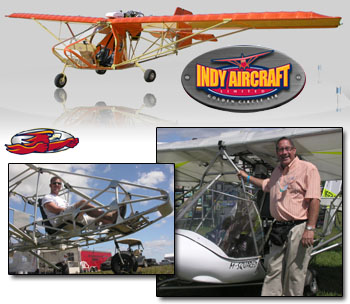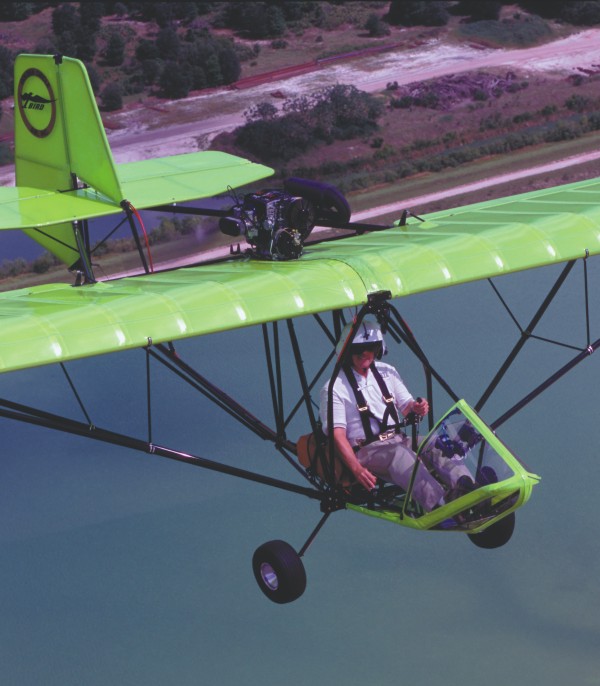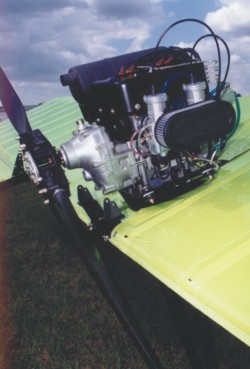
Taking a kit aircraft company to full ASTM approval is a very big decision for small companies. Simply assuring you have documents to support a declaration is, by itself, a major task. Then comes a decision about fully building or going the Experimental LSA kit route. A company must first fully build and certify at least one Special LSA, but once done, they can elect to provide a kit only…or to factory build and supply kits. Small shops could fully build 20-30 SLSA and supply additional ELSA kits and parts to make a healthy business. *** We may finally see such entries. Recently I wrote an updated pilot report on the T-Bird I from Indy Aircraft. Boss Bret Kivell said Indy is working on approval. As an ELSA, the single seater could be HKS (four-stroke) powered, which would make it one sweet sport aircraft. Likewise development is underway at Paul Mather’s M-Squared Aircraft where his Sport 1000 could gain SLSA approval later this year.















